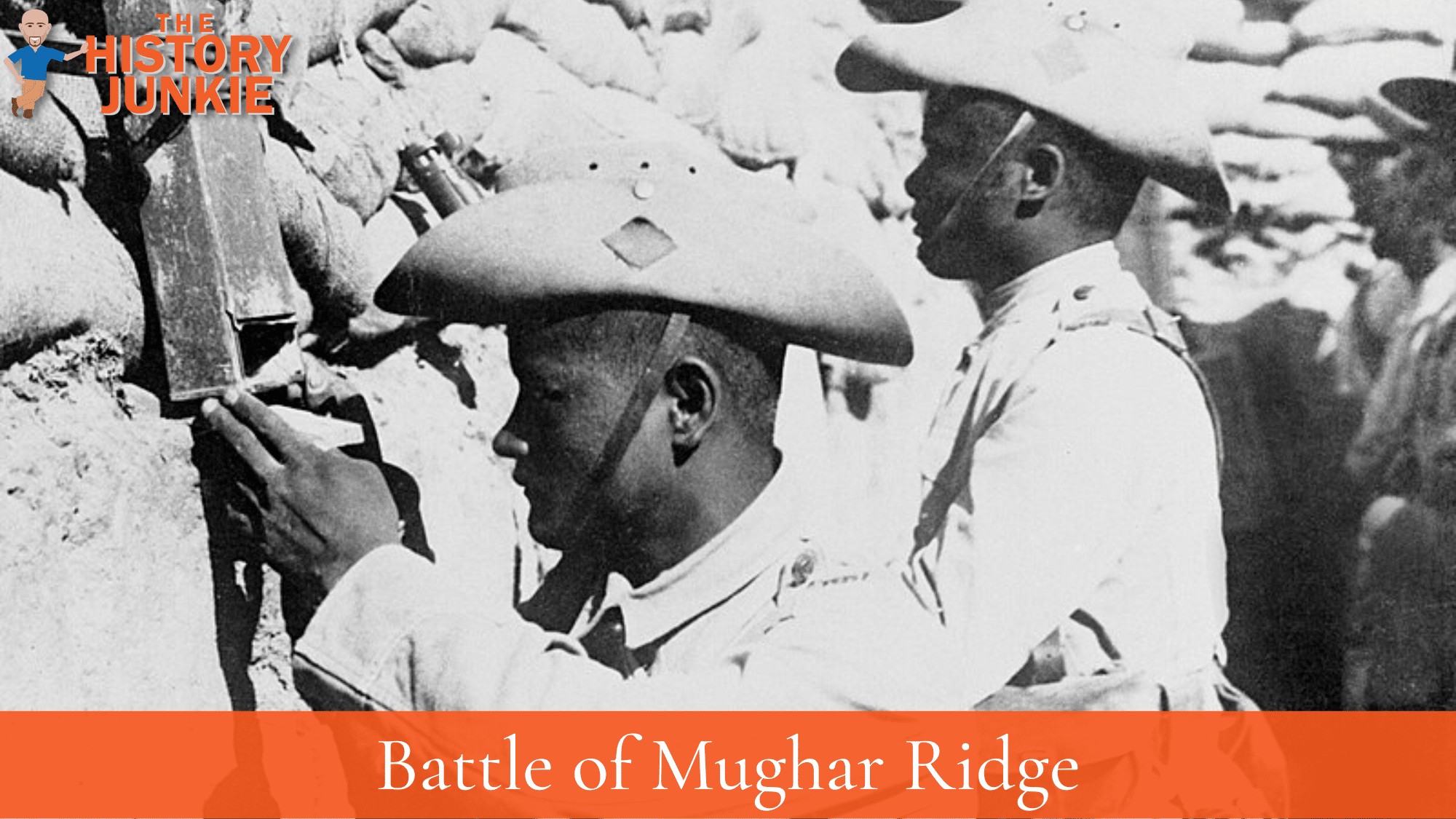In late October/early November 1917, newly-installed British Commander-in-Chief Sir Edmund Allenby continued his autumn offensive towards Jerusalem at the Battle of Mughar Ridge in World War 1.

The battle took place after the Third Battle of Gaza.
Allenby dealt with the danger to his inland flank posed by the Turkish Seventh Army by simultaneously capturing the village of El Mughar.
The Turkish Seventh Army, led by Fevsi Pasha, was dispatched across the desert by Erich von Falkenhayn, the recently appointed Turkish regional commander.
Falkenhayn's decision to send the Seventh Army into battle was against the advice of his own staff officers.
The Battle
Allenby responded to the arrival of the Seventh Army by continuing his assault on the coastal positions defended by the Turkish Eighth Army, led by Kress von Kressenstein.
Allenby also instructed the Australian Mounted Division to guard his flank, although this left his forces somewhat thin on the ground.
On November 13, 1917, British infantry divisions attacked a ridge northwest of Junction Station. The terrain around El Mughar was difficult, slowing the advance.
However, 800 cavalry troops, assisted by artillery and machine gunnery, cleared El Mughar by evening. The Turks lost 1,400 troops, while the British lost 616.
The next day, British armored cars entered Junction Station, cutting off communication between the Turkish Seventh and Eighth Armies. Kressenstein's force was pushed back beyond Jaffa.
While the attack at El Mughar was being conducted, the Australian Mounted Division managed to slow the advance of the Turkish Seventh Army.
The Turks, clearly seeking a breakthrough, succeeded in pushing the Australians back several miles. However, the Allied line held.
Fevzi Pasha eventually decided to withdraw his army to cover the approaches to Jerusalem.
